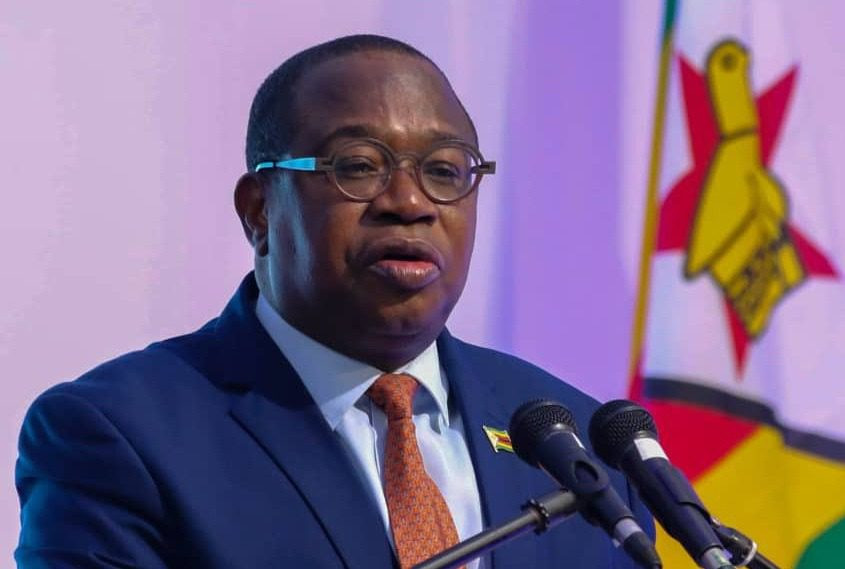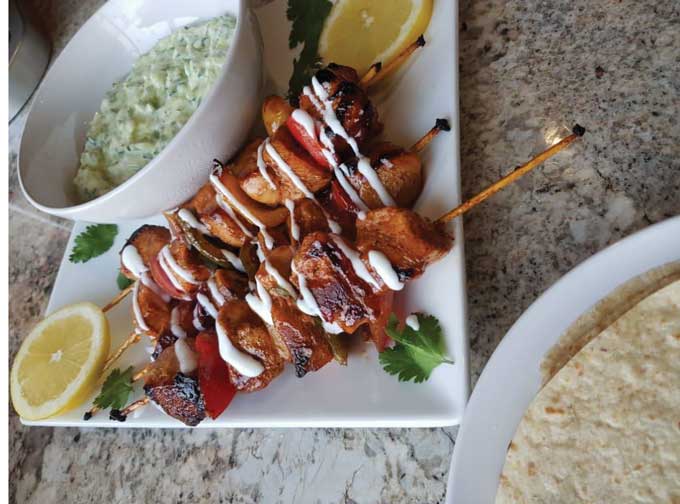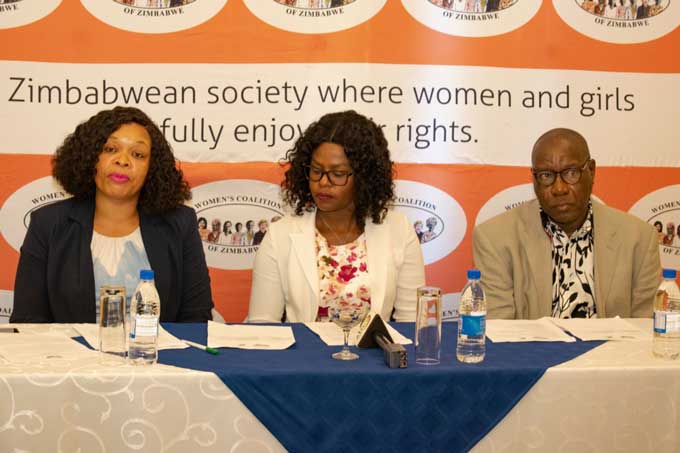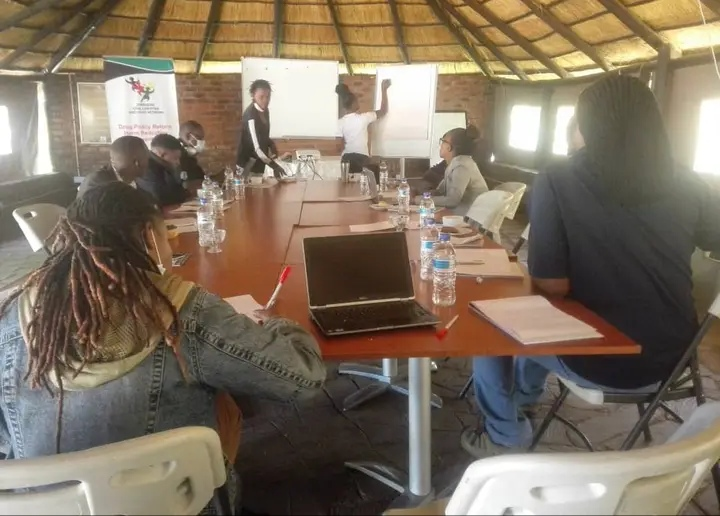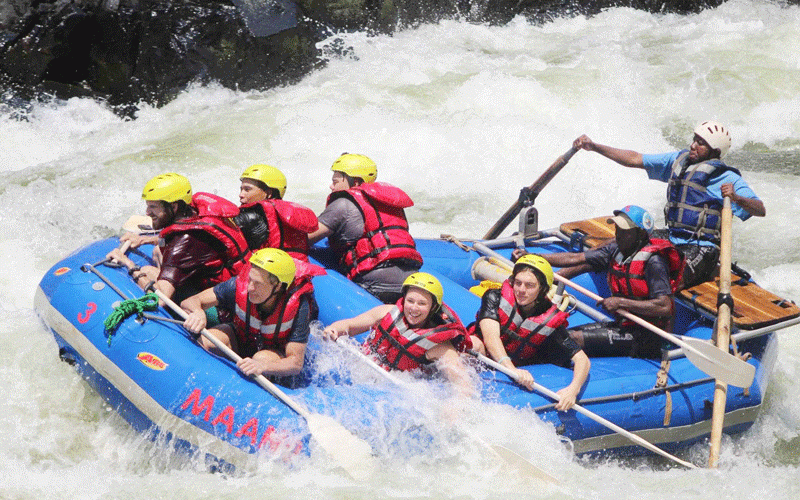
THE previous article about the Wankie Battle of 1967 that deserves a special place in the country's liberation tourism narrative drew interesting comments from readers, who expressed their eagerness to be appraised on how military wings of both the Zimbabwe African People's Union (Zapu) and African National Congress(ANC) fought alongside each other in the then Rhodesia.
The readers also wanted the nitty-gritties involved in crossing the mighty Zambezi River from Zambia to where these two political giants had joined forces against the enemy in what was then known as the Wankie Battle, also dubbed Operation Nickel that signaled beginning of the armed struggle.
However, before delving into details, Yours Truly would like to join the rest of Zimbabwe in mourning David Mongwa Moyo who is reported to have been among the doyens and illustrious son of the Wankie Battle, which marked commencement of the armed struggle from the south western front.
“Sharpshoot”, as he was popularly known died at the age of 97 in Bulawayo and was among the ZIPRA pioneer fighters whose prowess in this particular battle continue to be written about and voices continue to be heard on establishment of a roll of honour for both Wankie and Sipolilo Battle fighters. He fought alongside the likes of the late Dumiso Dabengwa, Chris Hani, Joe Modise and Ackim Ndlovu among others. It was his astuteness in the battlefield where he “acquired' the monicker Sharpshoot and indeed his sharp shooting skills were legendary.
May his soul rest in everlasting peace as he fought a good fight as it is written in one of the books in the Holy Book.
And this verse happens to be Yours Truly's favourite Bible quote.
Now back to the million dollar question on how MK and ZPRA fighters literally joined forces in fighting the enemy in a 'foreign' country.
Yours Truly gleaned some of the information about the Wankie Battle from The Thinker, a pan-Africanist journal by the University of Johannesburg titled The impeccable Zapu and ANC alliance in retrospect: The 1967 Wankie and 1968 Sipolilo Campaigns.
- Sikombela joining the tourism fray
- Sikombela joining the tourism fray
- Zapu deputy SG quits
- New perspectives: Why Zanu, Zanu PF were successful in the 1970s, 80s and 90s
Keep Reading
To the uninitiated, MK represents Umkonto We Sizwe which is the ANC military wing while ZImbabwe People's Revolutionary Army (ZPRA) was the armed wing of Zapu then led by Joshua Mqabuko Nkomo.
In the early 1960s both Zapu and ANC had established permanent exile offices in Lusaka, Zambia for execution in quest for total independence of their respective countries.
It was during this particular period that both MK and ZPRA held exploratory meetings on how to engage each other on their quest to fight their common enemy; the BSAP and RAR who were both operating in Rhodesia.
During these exploratory meetings, the former explained to their ZPRA counterparts obstacles encountered especially through Botswana as their cadres ended up being detained and deported to Zambia.
From the ZPRA side there was Ackim Ndlovu the commander with chief of reconnaissance Dumiso Dabengwa while from MK there was Joe Modise the commander and Chris Hani and Zola Zembe, among others.
It was finally recommended that principals of the two political parties meet and agree on the way forward on how to propagate the armed struggle. The Zapu side was represented by James Chikerema and Jason Ziyaphapha Moyo while Oliver Tambo and Thomas Nkobi were from the ANC where it was agreed that the Wankie campaign will go ahead.
After much haggling, it was agreed that the operation was to be executed during the month of August and there was no retreat from this daring exercise.
The crossings were to be done at the Zambezi River Gorge, located about 10km from Victoria Falls even though the place had a number of physical obstacles and barriers.
On August 1, 1958, the two liberation armies crossed Zambezi River, using canoes capable of carrying a maximum of two passengers. It is reported that Oliver Tambo was present on the day of crossing and raised the flag signaling commencement of the whole operation thus marking the beginning of the armed struggle.
Yours Truly is of firm belief that white water rafting and its route was “discovered” during this particular moment and the then crossing points could have been situated between Rapids Number 15 to 23.
However, this is not cast in stone, but mere assumption which might turn to be factual.
Those familiar with white water rafting in tourism circles can bear witness to how this pastime activities is not for the faint hearted.
So the same also happened to these daring fighters.
The onus is now on tour guides and other related players in the tourism industry to market and publicise such places of history.
If the Kandahar Island on the Zambezi River is a favourite place among sunset cruise enthusiasts, time is also nigh for tourism stakeholders to also consider such destinations.
White water rafting along the Zambezi River is considered the best in the world and best time to raft is during Low Water, from early August until mid-December. This is also the one rafts from rapids 1 to 24 on a day trip, or from Ghostrider to Matetsi on a multi-day.
Till we meet again in the next column.
- Comments always welcome on: dubebasill@gmail.com

